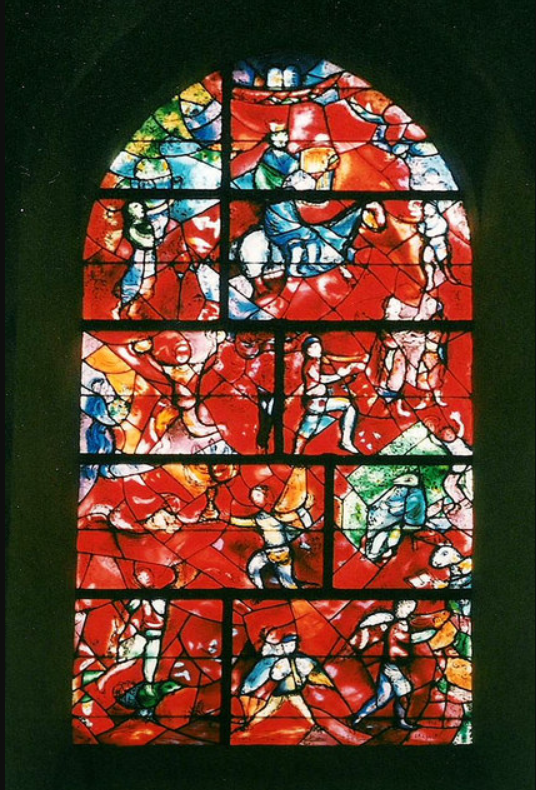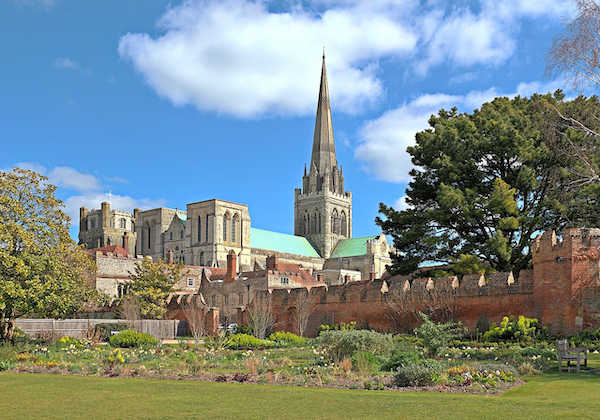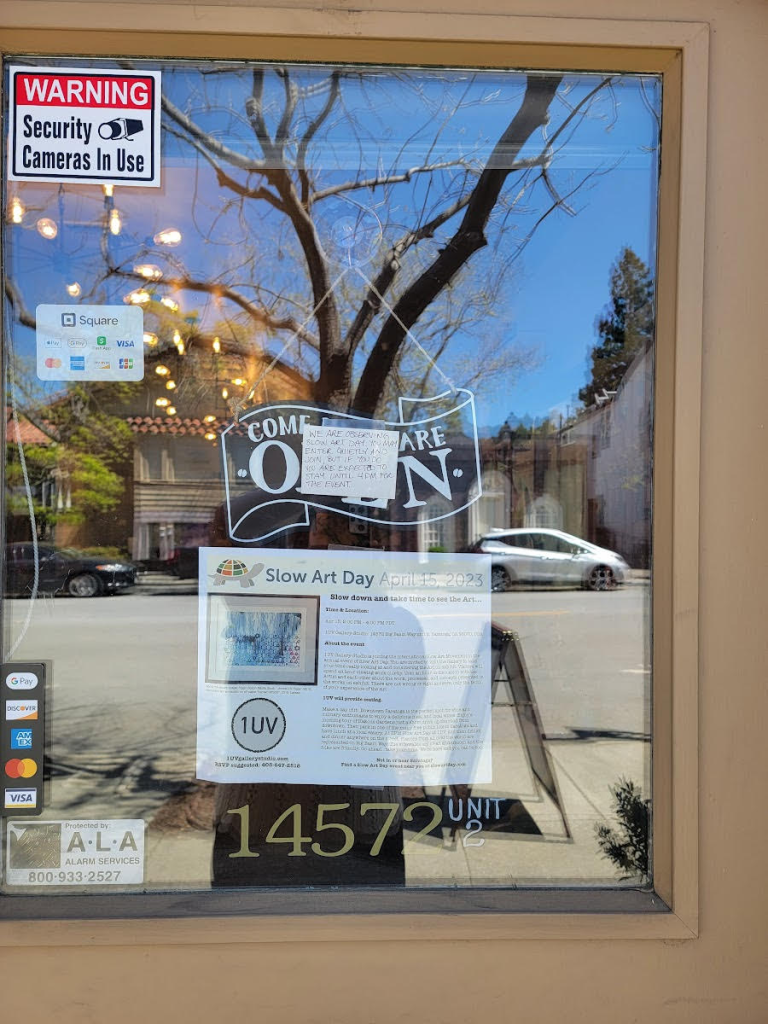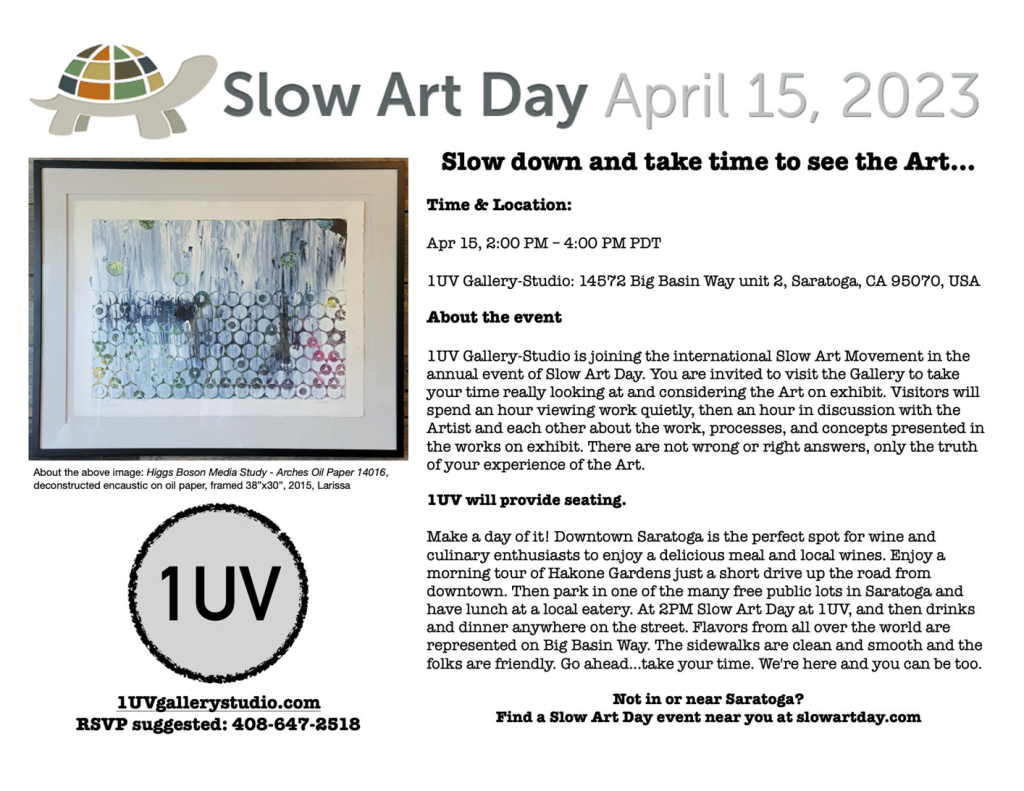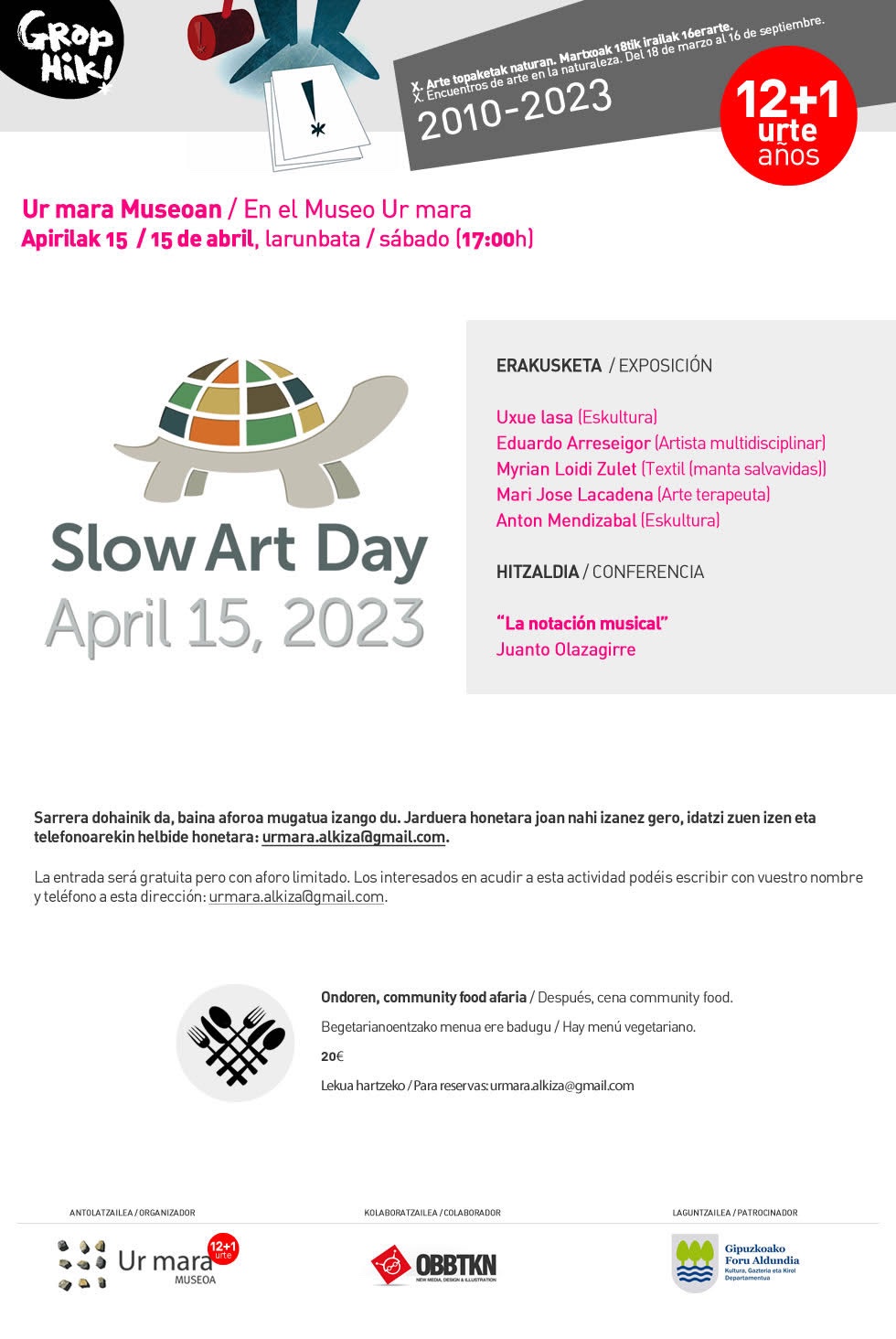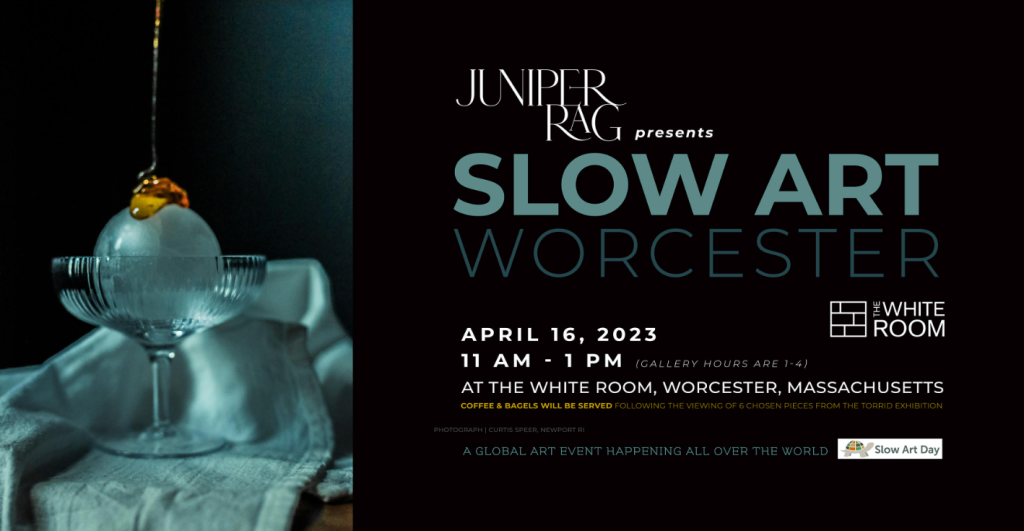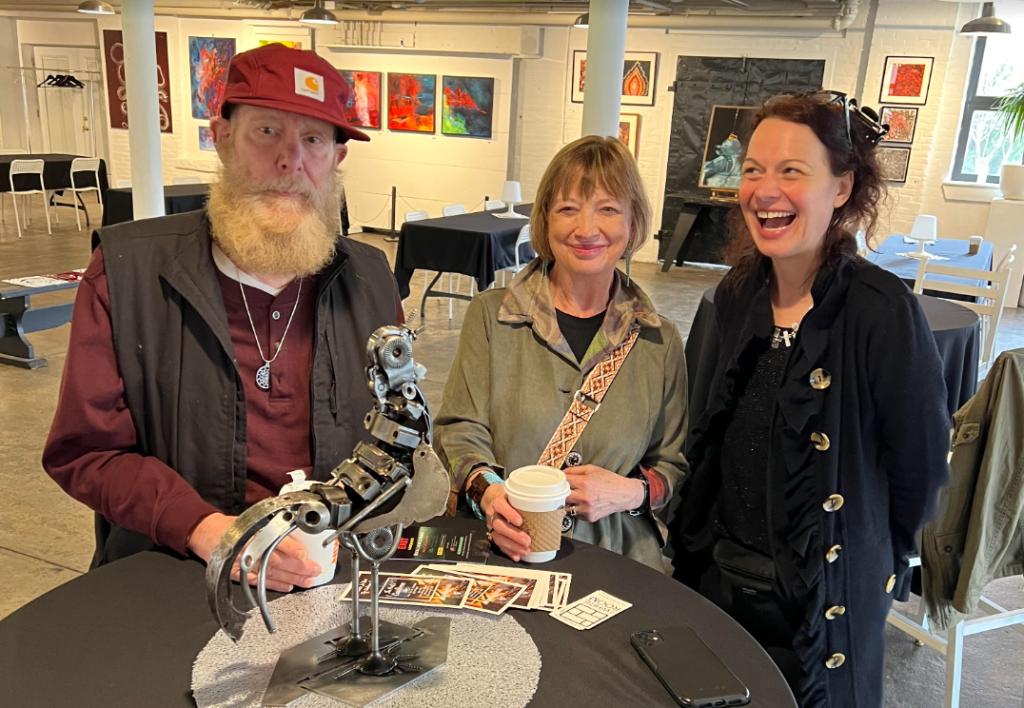For their second Slow Art Day, The Florence County Museum in South Carolina invited visitors to take a slow look at several artworks by local artist William H. Johnson (born 1901), featuring scenes of the everyday life of African Americans during the 1930s and 1940s.

On the day, all visitors were offered a printed slow looking guide (see below) and a Slow Art Day button when entering the museum. Visitors could choose between walking around on their own or taking part in a guided group tour, which were available throughout opening hours 10am-5pm. Refreshments were available in the afternoon (nice touch!).
Here’s the guide:
The Florence County Museum did a great job with their Slow Art Day – a simple effective printed guide, a lovely button, focus on one artist, a choice between a formal tour and self-guided reflection, and, finally, even refreshments.
What an effective holistic approach to the day.
Other museums and galleries may want to consider copying their design (or at least their guide).
The Florence County Museum is leading the way in celebrating Slow Art Day and we look forward to what they come up with for Slow Art Day 2024 (registration is open!)
-Johanna, Phyl, Ashley, and Jessica Jane
PS. Stay up to date with the Florence County Museum’s news and exhibitions through their Instagram and Facebook pages.







